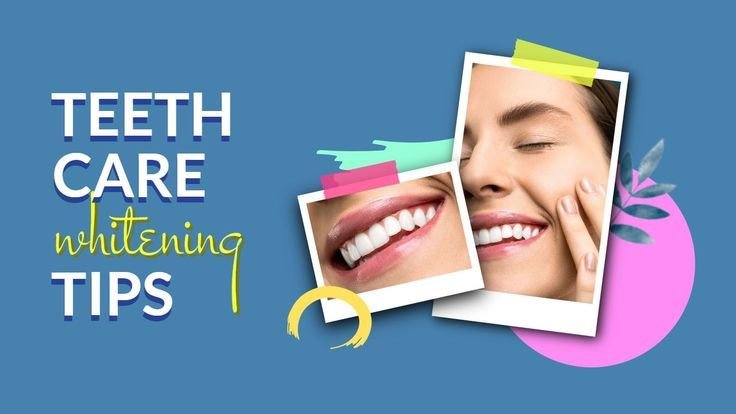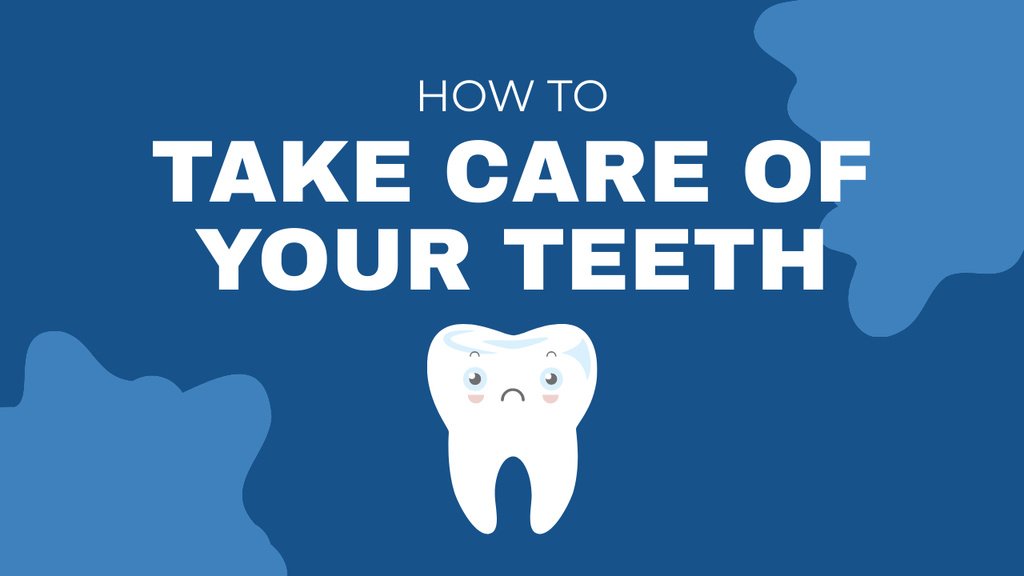What is the proper sequence for doing your at-home dental care routine: brushing, flossing, water flossing, tongue scraping, and mouth washing? What is the best sequence for your dental health? Let’s talk.
Let’s discuss your ideal dental hygiene regimen, which consists of just three simple procedures. Brushing, flossing, and/or cleaning in between your teeth—we’ll talk more about that in a moment—as well as tongue scraping. As we proceed, I’ll cover a few more measures that, depending on the condition you have a dental condition that your dentist or dental hygienist has advised you to address, I will discuss the extra steps you can take. We’ll go over all of that as we go along. If you want to add more steps because you like to take every precaution possible for your dental health, by all means do so, but remember that the three essential steps for everyone are brushing, flossing, and tongue scraping.

First Step of Oral Health Care:
First, mouthwash. I have a ton of videos about it because, to put it better, mouthwash doesn’t irritate people. However, it has a bad reputation and is tiring for many of us dental professionals because, in most cases, mouthwash is unnecessary. If you have a healthy mouth and no problems, then why are you using mouthwash? Perhaps you just like the way it tastes or feels on your breath. If so, that’s fine if mouthwash is something you truly enjoy.
If the mouthwash contains antibacterial, the advice is to just make sure you use it before brushing. You shouldn’t feel compelled to add mouthwash just because, but if you really enjoy it and it’s an antiseptic mouthwash, make sure it’s step one of your routine. We will talk more about anti-cavity mouthwashes later since those will actually be the final step of our routine. What to look for in antiseptics to make sure they are not acidic and non-staining because yes, some mouthwashes actually increase your risk of tooth staining.
There are people who have strong opinions on this, but it doesn’t really matter which order you brush or floss as long as you’re doing it. That being said, dental professionals is to brush first, spit afterwards, rinse afterward, and then floss. The theory behind this is that the floss will come into contact with the toothpaste that is still on my teeth, preventing cavities. It doesn’t matter if you floss first or brush first; what matters now is that you are flossing. To be honest, not much research has been done to determine whether this is superior, but there are a few points to consider.
It is at least for the prevention of cavities, so yes, I prefer to use traditional string floss after brushing. However, you can floss and brush in any order you choose as long as you follow the right procedures. Without getting too ahead of ourselves, I feel like I was getting a little into talking about flossing, but let’s talk about this brushing step in more detail first. I personally like to use an electric toothbrush because it does the job for me and reduces the possibility of user error. However, if you prefer to use a manual toothbrush, that’s okay too. Just be careful to use it appropriately as there are some subtle differences that make brushing with a manual toothbrush a bit trickier to do correctly, but in the end, make sure you brush twice a day for two minutes each time, ideally in the morning before breakfast.
Additionally, I like to use fluoride toothpaste once at night right before bedtime because it is the recommended ingredient by the American Dental Association and cavity prevention toothpastes with the Ada seal of acceptance have been proven to be safe and effective in preventing tooth decay and strengthening tooth enamel, so I’m all for it. That being said, some people, particularly in my comment section, are against fluoride, which is okay if that’s the case.
All of the negative information about fluoride that you see online is based on what would happen if you were to eat it. Therefore, just as you shouldn’t eat your lipstick or Chap Stick, you also shouldn’t eat the toothpaste tube because doing so will make your stomach suffer.
Remember this the next time you read something like “fluoride is toxic.” Fluoride is only toxic if you eat it, and you should only use it topically as directed by a dentist. However, if fluoride still bothers you, I strongly suggest using toothpaste that contains the ingredient “Nano hydroxyl appetite.” Many no fluoride toothpastes simply include xylitol, which is insufficient to prevent cavities. Therefore, if you’re not using fluoride, make sure you’re using at least Nano hydroxyl acid toothpaste.
Second Step:
Next up, step three floss again. You can do this before brushing if you’d like, but for the sake of this video, let’s just go ahead. I prefer traditional string floss because I can use it correctly, and if you use traditional string floss correctly, it’s so worth using every night before bed. Though you technically only need to floss once a day, you should actually do it twice. If you struggle with the string, for whatever reason, you should do it twice.
Rationale for not worrying Try a floss pick; for those who find it difficult to wind conventional floss around their fingers, the handle makes it so much simpler. Thus, if you use floss picks or string floss, you may skip step three and go to step four. However, if you’re still searching for a way to clean in between your teeth because you don’t like these products, you can still go to step four. An interdental brush is an additional option; these are excellent for cleaning in between teeth. There are some things that I find so many people are unaware of; they’re just not talked about as much as they should be since they’re so great. Some dentists even claim that they can effectively replace flossing, so you don’t even need to use the string if they fit between and clean in between each tooth, so that’s where the one drawback arises. Since many of us have teeth with different sized spaces between them, you may frequently need to purchase several sizes of interdental brushes in order to satisfy the space between every one of your teeth.
Now, water flossing can be a little tricky at times. If you use a water flosser, that’s great! I really love using them, but I also think that you should use one of the other manual removal methods—the string, the pics, or the interdental brushes—in addition to using them. Still, if water flossing is your favorite thing to do and you’re not about to add one of those other things as well, then good for you! Keep doing what you’re doing, especially if you have gingivitis, gum disease, bleeding gums, or any other gum issues.
If you are more prone to cavities, though, I would strongly advise you to use both a water flosser and one of those other three methods as well. The question now is, which order should you use the water flosser in—before or after the other methods? As long as you use it, I don’t care—the most important thing is that you use your antiseptic mouthwash first.
Third Step:
Finally, your anti-cavity mouthwash. We haven’t even gotten that far yet, so let’s get back to the water flosser. I like to use it after string flossing because I like to see if there’s anything I missed. If you miss a spot, flossing will definitely take care of it, and I find it very satisfying to watch that happen. However, some people may disagree with me here and argue that you should never wash away the toothpaste from your teeth after brushing again. In those situations, many people would prefer to water floss first then brush once more afterward we’ll talk more about leaving toothpaste on teeth versus not leaving toothpaste on teeth later. In the meantime, if you’re still unsure about what’s best for your particular mouth, always ask your dentist or dental hygienist; they are the ones who know it best and can make tailored recommendations. Alright, so we brushed.
Next, we floss and/or clean the spaces between our teeth. Did you know that 90% of breath bacteria reside on your tongue? For this reason, it’s crucial to brush your tongue in addition to your teeth every day. A tongue scraper is the best tool for this task because there are a lot of tiny spaces between your teeth where bacteria can lodge. If you don’t have one, don’t worry—you can use a spoon from your kitchen; it works just as well. However, if you want one, thwn all of that gunk is gone, your tongue will feel so clean and fresh that you’ll love it too. If you frequently get tonsil stones, you should definitely use a tongue scraper because it can really help prevent those from forming by lowering the amount of bacteria in your mouth.
For many people, that’s the last step you’re done after scraping your tongue, but for others, it would be worthwhile to add Step 5—using an anti-cavity mouthwash if you have cavities or are sensitive to certain foods—so going back to the problem of not rinsing after brushing—this is the one that gets debated the most on social media. Many people argue that, in theory, you should leave the leftover toothpaste on your teeth after brushing so that it can do its job. If you are one of those people who prefers not to rinse away your toothpaste, then by all means do so and skip this step. However, many of us find that the texture of toothpaste sticks to our teeth; I personally have a sensory issue.
Occasionally the sensation of the paste on my teeth for an extended period of time makes me want to throw up. However, if you have sensitive teeth or are prone to cavities and find that leaving toothpaste on your teeth bothers you, don’t worry; I’m all about using the more sophisticated method of simply swishing mouthwash that contains anti-cavity ingredients. In my opinion, mouthwash is considerably more pleasant.
It still contains fluoride, so even with a slightly lower concentration than toothpaste, it is still effective. This is in contrast to simply rinsing off your toothpaste with water and skipping the fluid mouthwash phase. Anti-cavity mouthwashes can be quite helpful if you have tooth sensitivity or are prone to cavities. Companies also produce anti-sensitivity mouthwashes if you want even greater outcomes for any sensitivity concerns.

The last step in a proper oral hygiene routine at home should never be an antiseptic mouthwash because these products tend to be more acidic and therefore not as good for your teeth. If you do use antiseptic mouthwash, make sure it is the first step and if you do not use it at all, make sure it is your anti-cavity mouth wash. Finally, the three basic steps are brushing, flossing, and tongue scraping. If you want to replace the floss, you can use interdental brushes excellent I combine them all with the floss, so you can do them in whatever order suits you best. If you prefer to use an antiseptic mouthwash, make sure to use it before doing anything else. If you use an anti-cavity mouthwash, make sure to use it last, after doing everything else. If you need additional assistance in establishing the ideal routine to prevent serious dental problems like cavities, gum disease, and expensive dental visits like deep cleanings, crowns, and fillings.






